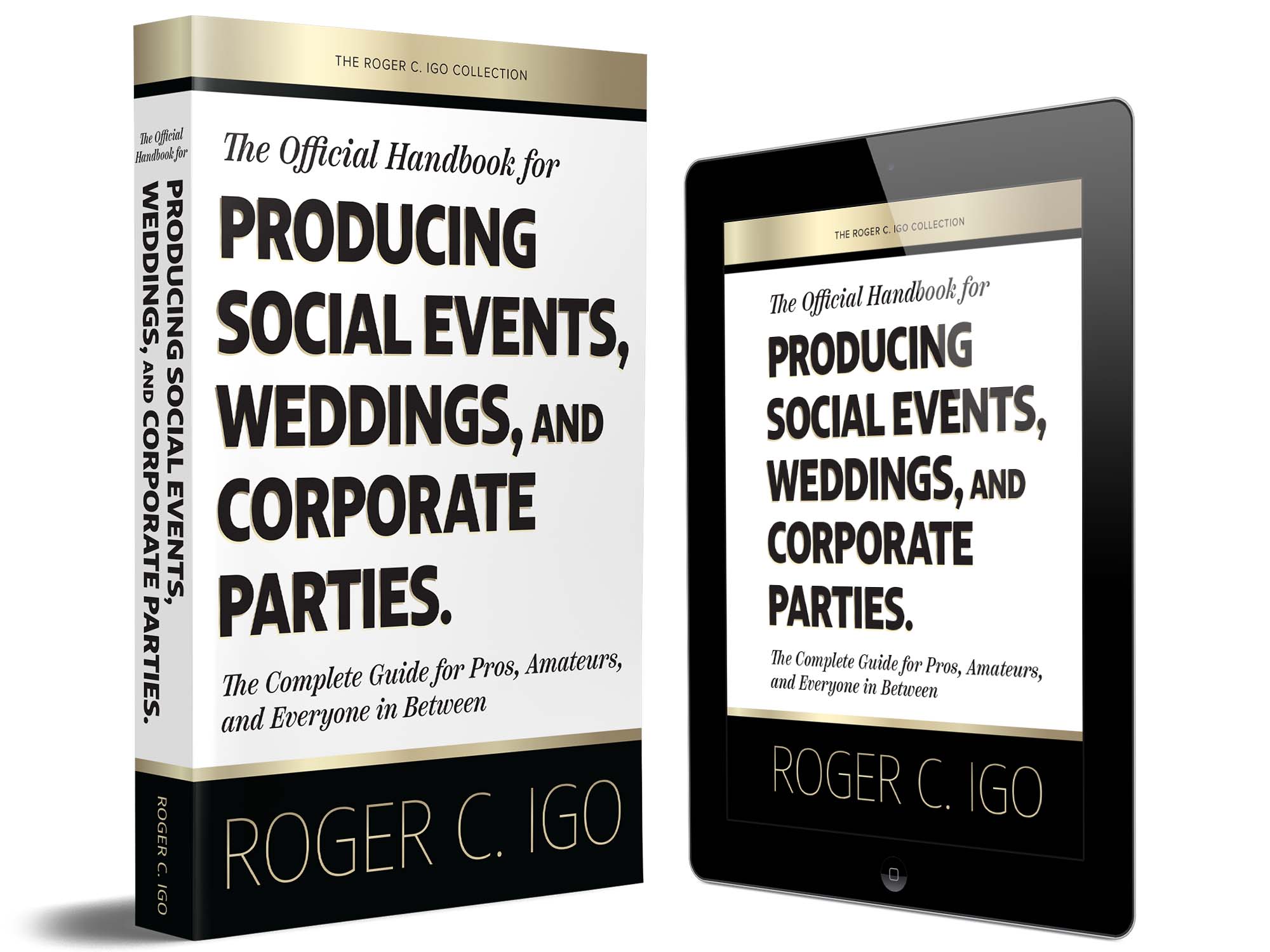In 2001, a man made history on Antiques Roadshow.
He brought an old, striped blanket that had been lying on a chair for years to the PBS show, curious if it had any value.
“It’s probably a Navajo,” he said. “That’s about all I know.”
The blanket did have value – enough to stun the antiques expert.
It was a national treasure, a rare Navajo blanket from 1850 in its purest form. It had been given to the man’s family by American frontier legend Kit Carson. Initially appraised at around $350,000, its value was recently updated to $2 million.
The man wiped away tears, marveling that his poor farming family had been unaware of the extraordinary value of the old blanket. It was a rags-to-riches moment that made for great television. (You can watch a 3-minute clip of the exchange here.)
What does this have to do with you?
I see many moments like this with authors. Perhaps not as sensational as a $2 million family heirloom, but still exciting. If you’re like most people, you probably own a wealth of content in the background of your life, and you’re unaware of the value of your old writings.
There’s an aha! moment when you realize you have the makings of a book.
That’s what Roger C. Igo just did.
You might remember him as the president and CEO of The Bell Tower on 34th and the author of Keep On Going. In 2019, he published the history of his events venue, from pioneering Texans to a disastrous betrayal and, ultimately, his triumphant comeback.
Since then, Roger has positioned himself as the go-to authority for legendary events. This year, he released his second book, The Official Handbook for Producing Social Events, Weddings, and Corporate Parties. It’s a compilation of his three decades of experience delivering five-star happenings so that anyone can achieve unforgettable gatherings.
But he didn’t start from scratch. Roger teamed up with his longtime editor, Flori Meeks of Copybrighters, to round up years of material from his blog. Far from “trash,” Roger’s helpful blog content was repurposed and polished into a treasure for event planners.

Your treasure doesn’t have to come from blog content.
Joe Crisara of Service MVP consolidated his courses, worksheets, and customer scripts into one award-winning home service sales book, What Should We Do?
Harriet Boorhem turned her raw and funny Facebook posts into The Year of Grace, a memoir that chronicles the last years of her father’s life with dementia – and of Harriet’s transformation by walking alongside him.
Steven Stalinsky, executive director of MEMRI, organized his newspaper column articles into a commemorative collection, 180 Weeks in the War on Terror.
Pastor Brad Goad repurposed a live, three-week presentation to an adult ministry to develop his Easter devotional trilogy.
Why should you consider your existing content?
Roger’s editor, Flori, thought his idea to transform several years’ worth of blog posts into a book was brilliant. She shares three reasons that converting existing content to a book benefited Roger – and how it can benefit you, too.
1. You’ll save time and money.
Starting with a collection of completed blogs trimmed at least six months off Roger’s process.
Flori said, “As a ghostwriter, I usually spend a year or longer researching and writing a nonfiction book from scratch, which gives me a strong perspective on how much time and effort Roger’s approach saved. If I were to help a client write a detailed event-planning handbook like Roger’s, it would have required multiple interviews to gather the necessary information before I could even begin outlining and drafting the book.”
2. You’ll create a practical, accessible product.
Leveraging Roger’s existing expertise and organizing his posts into one handbook, complete with a glossary and index, turned a series of helpful ideas into an indispensable, easy-to-use resource.
Flori said, “Each of Roger’s blog posts focuses on specific planning topics, from planning a brunch wedding to lining up entertainment for corporate events. Each post has something worthwhile to offer, but a bride with a list of questions about planning her wedding, or an employee in charge of their corporation’s annual gathering, often needs to piece together information across multiple posts. Finding them all on a company website can be time-consuming and frustrating for readers.”
3. You’ll establish your authority in your field.
Roger’s project served as an excellent opportunity to showcase Roger’s extensive expertise in the wedding and event industry.
Flori said, “Not only has he written authoritatively about a wealth of subjects, but he’s also been able to pinpoint the information most helpful to people putting together a wedding or event, people he refers to as ‘event-doers.’ He’s great at putting himself in event-doers’ shoes. And he doesn’t use industry jargon; he makes his blogs easy to digest, navigate, and understand.”
How do you do it?
Here are some steps you can take when you turn old content into a new product, including insights from Flori.
Define the purpose of your book.
Begin by clarifying your goals and the value proposition of your book. Knowing your goal will help you choose the best content and structure.
Flori: “Working with Roger on this project was a collaborative process. We had a couple of meetings to discuss his project goals and go over thoughts he hoped to share in the book’s introduction and conclusion. He followed up by email with additional ideas and provided guidelines. I was there to help execute the organizational process, editing, and shaping the final handbook.”
Assess your existing content.
Review your blogs, newsletters, social media posts, videos, podcasts, webinars, or course materials. Identify recurring themes, popular topics, and content that align with the purpose of your book.
Flori: “I read Roger’s company’s blog posts and recommended a list of possibilities to include and an approach for organizing them. Not all of his blog posts were good fits for the book. Some were written specifically for Houston-area audiences or about time-sensitive topics like planning events during the COVID-19 pandemic.”
Organize the big picture.
Group your content thematically around specific sections or subtopics that can each serve as a chapter.
Roger’s blog posts were grouped into three sections: Parties and Special Events, Weddings, and Corporate and Nonprofit Events. Each section contained six chapters that explained specific aspects of that section.
Flori: “Roger and I faced the challenge of developing a handbook about weddings and events when his wedding blog posts outnumbered posts about other events. Fortunately, many of the wedding posts offered advice that applied to most events in general. We created a new outline with former wedding blogs repurposed as event blogs.”
Freshen your content.
Edit your work line by line to turn your pieces into a cohesive reading experience.
Update old data, expand points with new insights, and add transitions. Fill in the gaps where your content is thin or missing. You may want to adapt your tone to a more polished style, especially if you’re working with social media content. Then design a beautiful cover and interior to pull it all together.
Flori: “I edited each of Roger’s blogs, not only to ease the emphasis on weddings, but also to remove dated information and to create a consistent approach to organizing the information. Roger and I also worked together to select photos, and I helped with his glossary and index.”
Final Thoughts
You don’t have to start from scratch to produce a book. Many authors discover that they have a pile of old content that can be turned into a helpful resource and establish their authority in their field.
So, take another look at the old content you have lying around. Dust it off, appraise it with new eyes, and turn it into a book that becomes a treasure.
Thanks to Flori Meeks for contributing her insights to this book-writing approach. Congratulations on your release, Roger!
